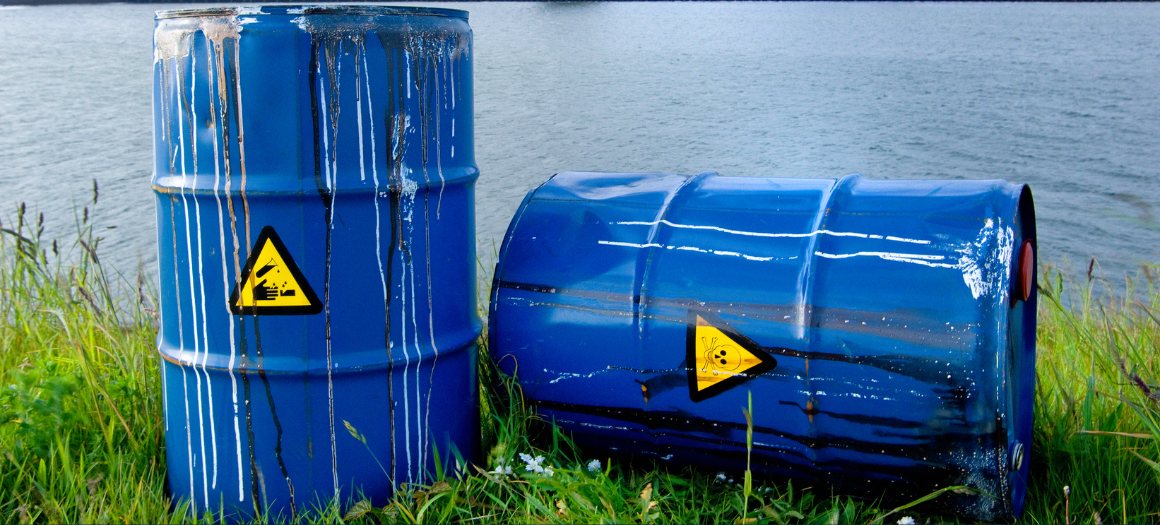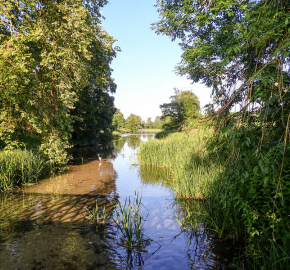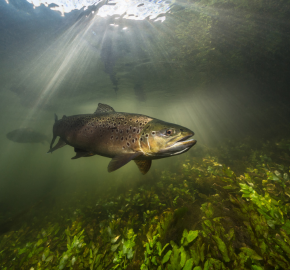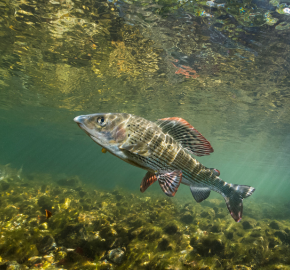University study shows continual presence of chemicals in protected chalk streams

Today every single river in the UK is flooded with chemicals that cause irreversible damage to the environment and have a deadly impact on our wild fish populations.
Professor Gary Fones and PhD student Ros Robinson from the University of Portsmouth have been sampling the rivers Test and Itchen – chalk streams as ecologically important as the Amazon Rainforest and Great Barrier Reef – for signs of continued chemical pressure. In this blog, they explain their findings.
A summary of the findings
The results of our passive sampling in 2021 and 2022 show the continual presence of pharmaceuticals – chemicals found in personal care and plant protection products – at low concentrations in both the Test and Itchen. The presence of these chemicals varied over the seasons.
We detected 121 compounds from a shortlist of chemicals we chose to quantify, a mere snapshot of the thousands of chemicals likely to be present. More than 350,000 regulated chemicals are in use today. Our rivers are currently only checked for 45 of these.
The source of the chemicals found
The sampling sites known to be affected by the discharge from wastewater treatment plants had a greater number of different chemicals and a greater concentration than at other sites. This is to be expected as wastewater treatment plants do not remove these chemicals before recharging the rivers to maintain their flow.
Where chemicals were present at sites not known to be affected by wastewater treatment plants, we consider the source likely to be either from septic tanks discharging directly into the river or via the septic tank drainage system.
There were also sites where we believe the source to be from the leaching of wastewater being discharged to the strata by municipal wastewater treatment plants, percolating to groundwater and then to the river via springs.
The greatest concentration of the neonicotinoid insecticide used as a treatment for fleas was found at sites affected by the discharge from a wastewater treatment plant. This provides evidence that the greatest source of the chemical is being washed from pets and pet bedding.
The impact of the chemicals identified
We conducted risk assessments using the mixture of chemicals identified at each site and in each season.
From seventeen sampling sites we considered that three had an average high ecological risk, nine an average medium risk and five an average low ecological risk.
The long-term effects of the mixture of chemicals identified in this study are not fully understood. Additional research is needed into the changes seen in the macro-invertebrate community structure to draw further conclusions.



